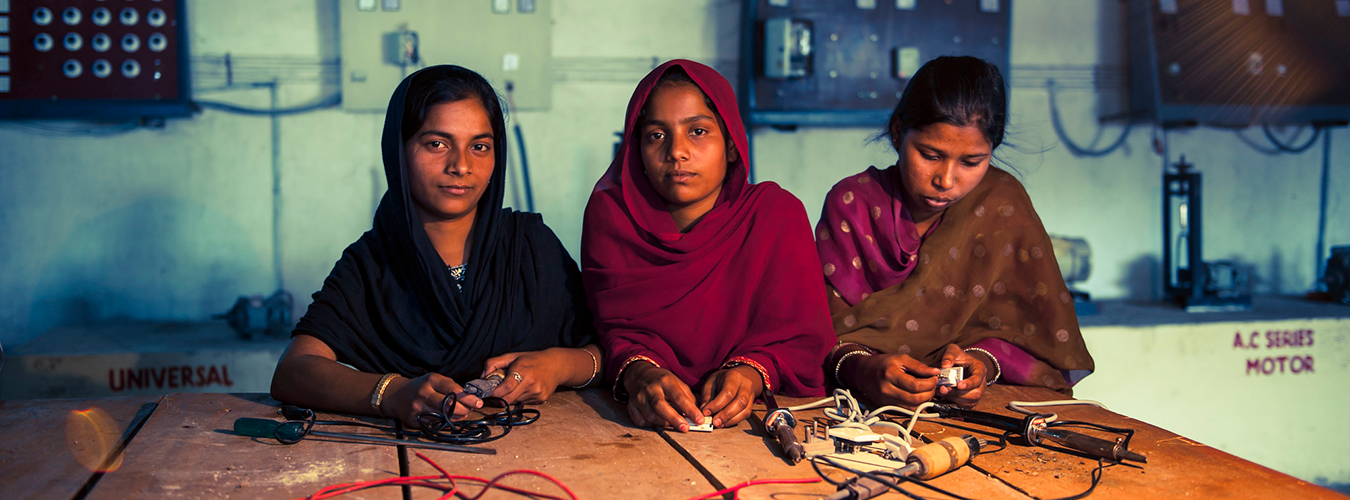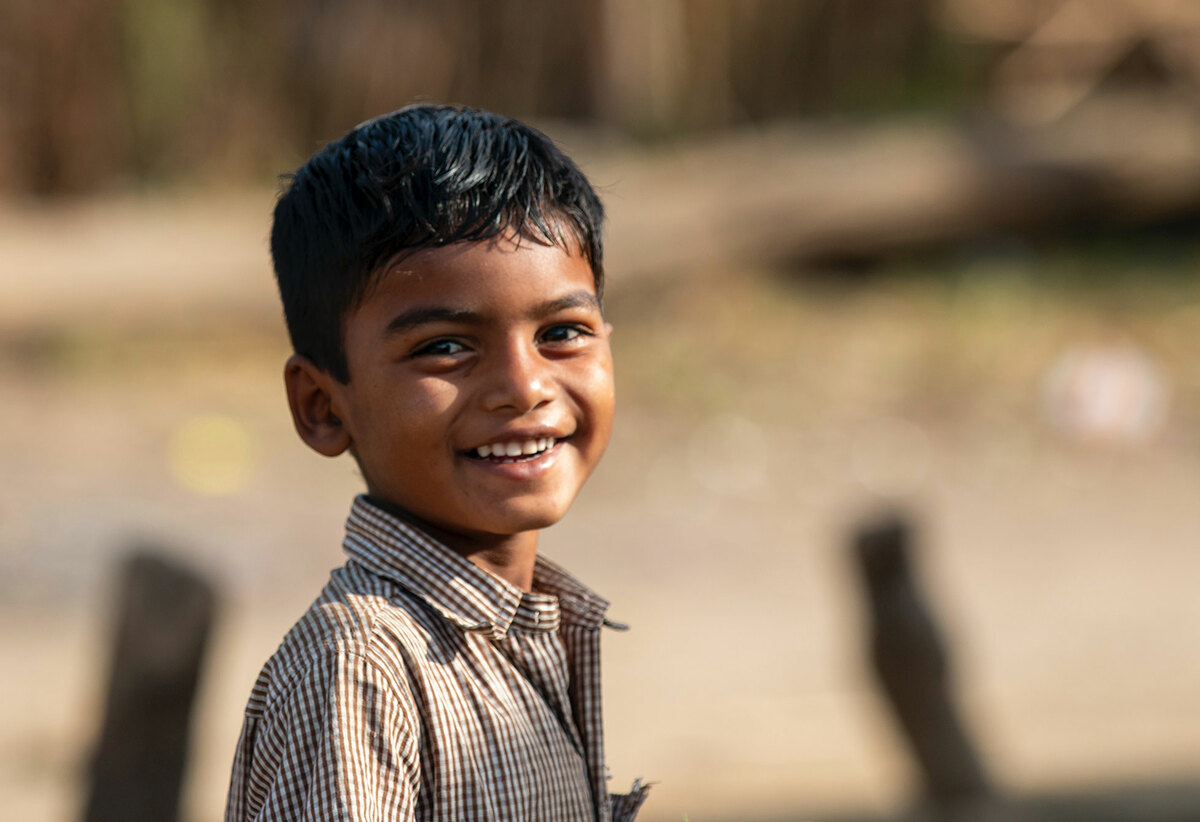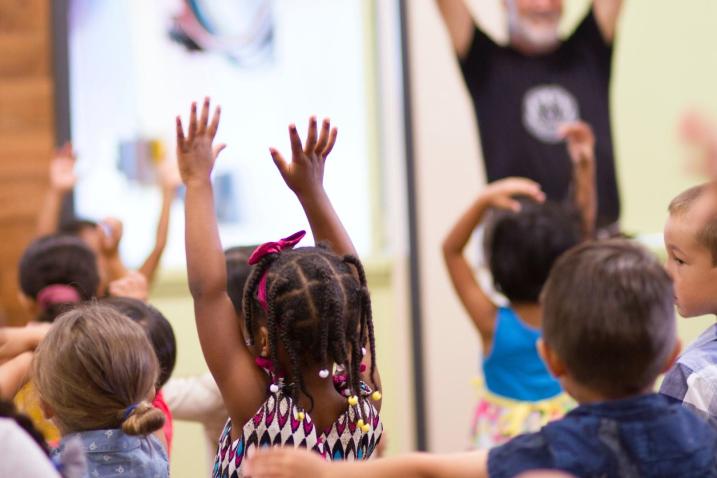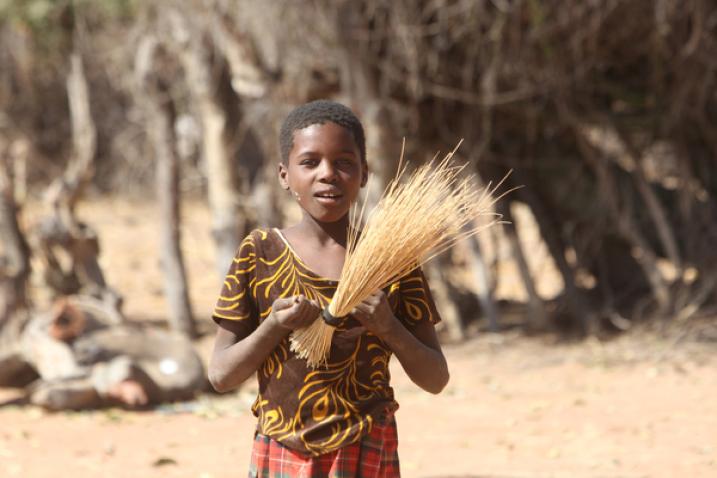2023 Theme: Social Justice for All. End Child Labour!
Observed on June 12th, World Day Against Child Labour is intended to serve as a catalyst for the growing worldwide movement against child labour. Emphasizing the link between social justice and child labour, the slogan for the World Day in 2023 is ‘Social Justice for All. End Child Labour!’.
Our joint experience in tackling child labour over the course of the last three decades has demonstrated that child labour can be eliminated, if the root causes are addressed. More than ever, it is urgent for all of us to contribute to bringing solutions to people’s daily problems, and child labour is – possibly – the most visible of these problems.
We therefore consider the 2023 World Day Against Child Labour to be a moment for all of us who are committed to ending child labour to demonstrate that change can be achieved when will and determination come together and provide a momentum for efforts to be accelerated in a situation of great urgency.
This World Day Against Child Labour, June 12, 2023 we are calling for
- Reinvigorated international action to achieve social justice, particularly under the envisaged Global Coalition for Social Justice, with child labour elimination as one of its important elements;
- Universal ratification of ILO Convention No. 138 on Minimum Age, which, together with the universal ratification of ILO Convention No. 182 on Worst Forms of Child Labour achieved in 2020, would provide all children with legal protection against all forms of child labour;
High-level Discussion
Monday, 12 June 2023, 07:30 - 08:45 (EST)
The ILO is organizing a high-level side event during the 111th Session of the International Labour Conference on 12 June to mark World Day Against Child Labour. The event aims to explore the connection between social justice and the eradication of child labour. Experts will discuss the progress made by ILO constituents in fulfilling their commitments, emphasizing how these efforts contribute to advancing social justice.
Prevalence of child labour
Since 2000, for nearly two decades, the world had been making steady progress in reducing child labour. But over the past few years, conflicts, crises and the COVID-19 pandemic, have plunged more families into poverty – and forced millions more children into child labour. Economic growth has not been sufficient, nor inclusive enough, to relieve the pressure that too many families and communities feel and that makes them resort to child labour. Today, 160 million children are still engaged in child labour. That is almost one in ten children worldwide.
Africa ranks highest among regions both in the percentage of children in child labour — one-fifth — and the absolute number of children in child labour — 72 million. Asia and the Pacific ranks second highest in both these measures — 7% of all children and 62 million in absolute terms are in child labour in this region.
The Africa and the Asia and the Pacific regions together account for almost nine out of every ten children in child labour worldwide. The remaining child labour population is divided among the Americas (11 million), Europe and Central Asia (6 million), and the Arab States (1 million). In terms of incidence, 5% of children are in child labour in the Americas, 4% in Europe and Central Asia, and 3% in the Arab States.
While the percentage of children in child labour is highest in low-income countries, their numbers are actually greater in middle-income countries. 9% all children in lower-middle-income countries, and 7% of all children in upper-middle-income countries, are in child labour. Statistics on the absolute number of children in child labour in each national income grouping indicate that 84 million children in child labour, accounting for 56% of all those in child labour, actually live in middle-income countries, and an additional 2 million live in high-income countries.
As part of the Supporting Children's Rights through Education, the Arts and the Media (SCREAM) Program implemented by the ILO to combat child labour, students from British Culture College who are conducting awareness-raising activities composed a song and recorded it in the studio.
Did you know?
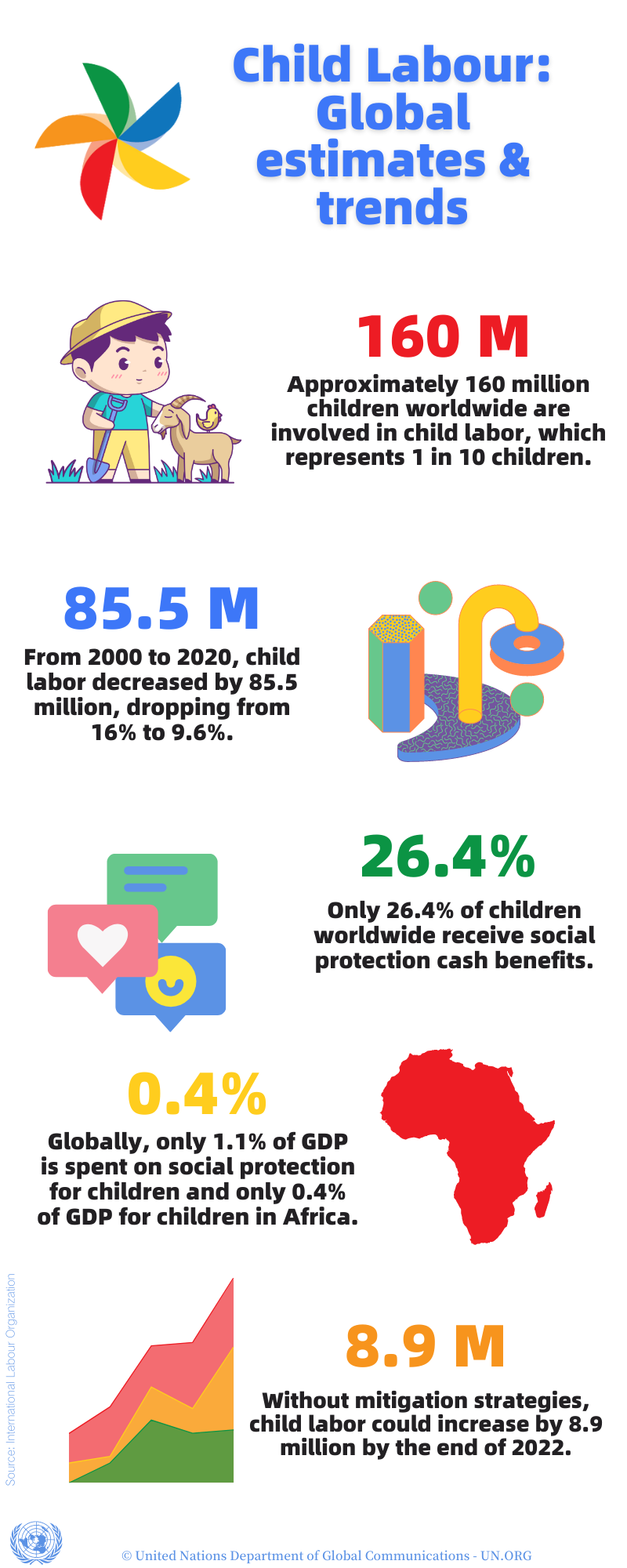
Past Events
- 2021: Act now: end child labour!
- 2020: COVID-19: Protect Children from Child Labour, now more than ever!
- 2019: Children shouldn’t work in fields, but on dreams!
- 2018: Generation Safe & Healthy
- 2017: In conflicts and disasters, protect children from child labour
- 2016: End child labour in supply chains - It's everyone's business!
- 2015: NO to child labour – YES to quality education!

